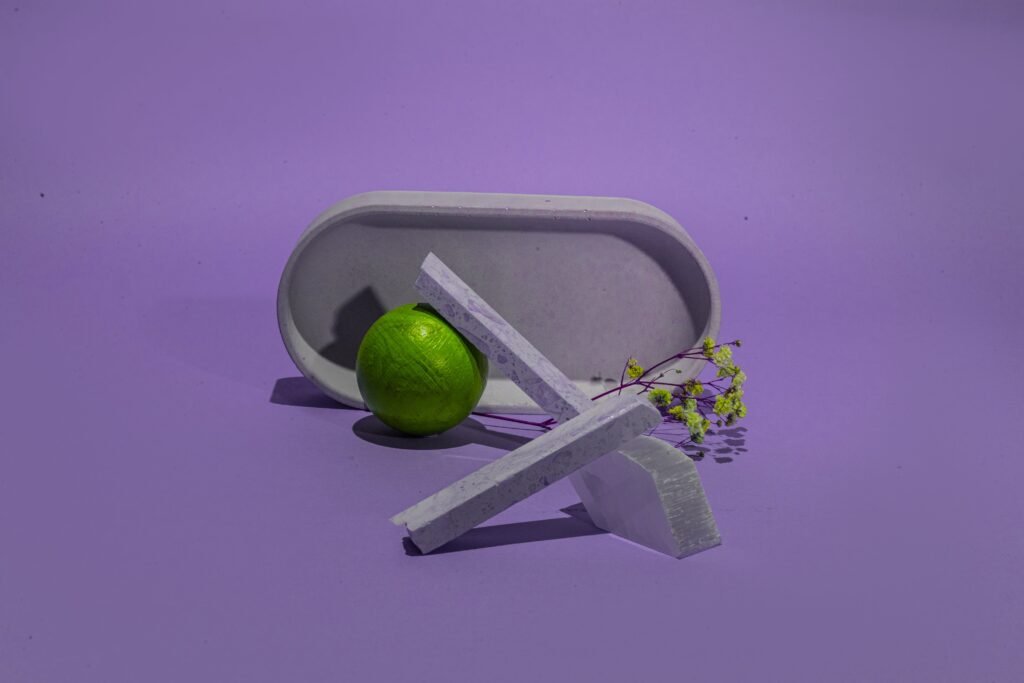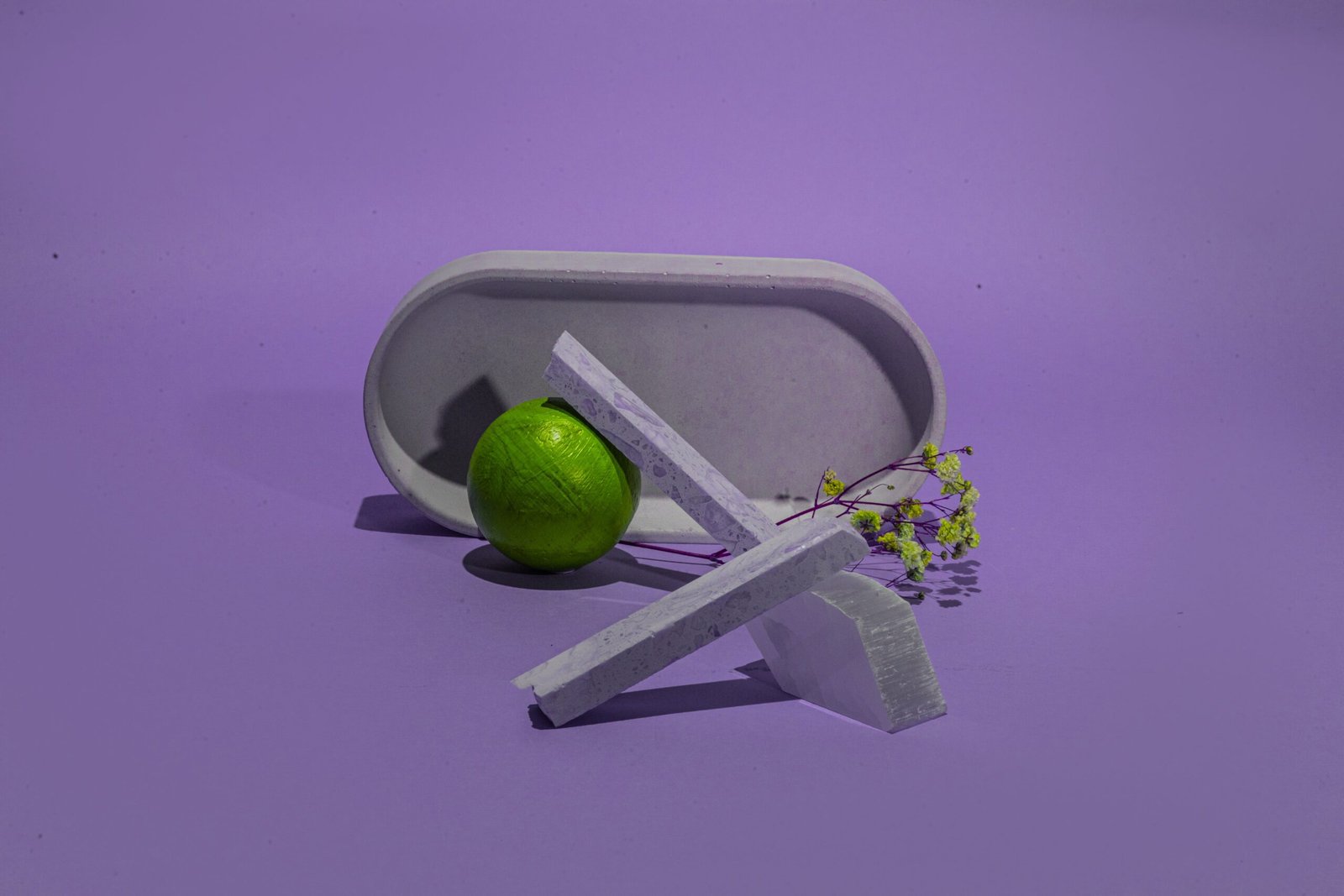Are you tired of the constant mess and clutter in your home? If so, you’re not alone. Many of us struggle with finding the right approach to tackle the clutter and create a more organized living space. But fear not, because in this article, I’m going to share with you some practical tips and strategies on how you can start decluttering your home effectively. By following these simple steps, you’ll be well on your way to a cleaner and more organized living environment that will bring you peace and tranquility. So let’s get started on this journey to a clutter-free home together!

Create a Plan
Set Clear Goals
When embarking on a decluttering journey, it’s essential to have clear goals in mind. Take some time to think about what you want to achieve with your decluttering efforts. Are you aiming to create more space in your home? Do you want to simplify your life by getting rid of unnecessary belongings? Or perhaps you’re looking to organize your space more efficiently. Whatever your goals may be, having a clear vision will help you stay focused and motivated throughout the decluttering process.
Create a Timeline
Decluttering can feel overwhelming, especially if you have a lot of items to go through. To make the process more manageable, create a timeline for yourself. Divide your decluttering tasks into smaller, more achievable milestones. You can set daily, weekly, or monthly goals, depending on how much time you can dedicate to the task. Having a timeline will provide structure and help you stay on track.
Allocate Time and Resources
Decluttering requires both time and resources. It’s important to carve out dedicated blocks of time to focus on your decluttering efforts. Create a schedule that works for you and commit to it. Additionally, gather the necessary supplies and tools beforehand. You’ll need sorting containers to separate items, cleaning and organizing tools to tidy up your space, and resources for donating or selling unwanted items. By allocating the right time and resources, you’ll be well-prepared to tackle your decluttering project effectively.
Prepare Your Supplies
Gather Sorting Containers
Before you begin decluttering, gather different sorting containers to help you categorize your belongings. You can use bins, boxes, or bags to create separate sections for items you want to keep, donate, sell, or discard. Having designated containers will make the sorting process more efficient and ensure that items don’t get mixed up. Label each container accordingly to avoid confusion.
Get Cleaning and Organizing Tools
Decluttering often involves cleaning and organizing your space. To make this task easier, gather cleaning supplies like microfiber cloths, all-purpose cleaners, and dusting tools. Additionally, invest in organizing tools such as storage bins, drawer dividers, and shelf organizers to create a more organized and functional space. Having the right tools at hand will streamline the decluttering process and help you achieve a clean and organized home.
Obtain Donation or Selling Resources
As you declutter, you’ll likely come across items that you no longer need or want, but can still be useful to others. Instead of tossing them out, consider donating or selling them. Research local charities or donation centers where you can contribute your unwanted items. Look into online selling platforms like eBay or Facebook Marketplace if you prefer to sell items for some extra cash. By obtaining these resources in advance, you’ll be more motivated to let go of items knowing they’ll find new homes.
Start Small
Choose a Specific Room or Area
To avoid feeling overwhelmed, it’s best to start small when decluttering. Choose a specific room or area to begin with. It could be a pantry, a closet, or even a single drawer. By focusing on one space at a time, you can dedicate your energy and attention to thoroughly decluttering that area. Completing a smaller task will provide a sense of accomplishment and encourage you to continue decluttering the rest of your home.
Break Down into Manageable Tasks
Within each room or area, break down the decluttering process into manageable tasks. For example, if you’re decluttering a bedroom, divide it into smaller sections such as the wardrobe, bedside table, and under the bed. By breaking it down, you can tackle one task at a time and avoid feeling overwhelmed. It’s easier to stay motivated when you see progress in smaller, achievable tasks.
Focus on One Category at a Time
Another effective way to start small is by focusing on one category of items at a time. For instance, you can begin with clothing, then move on to books, or kitchen utensils. By sorting and decluttering one category entirely before moving on, you’ll make quicker decisions and maintain a more organized mindset. This approach also allows you to see the progress you’re making within a specific category, which can be highly motivating.
Sort and Categorize
Create Sorting Categories (Keep, Donate, Sell, Discard)
To effectively declutter, create clear sorting categories for your belongings. The most common categories are “Keep,” “Donate,” “Sell,” and “Discard.” As you go through each item, place them in their respective category container. This sorting process will help you make decisions more efficiently and ensure that items find their rightful place.
Handle Each Item Only Once
To avoid prolonging the decluttering process, make it a rule to handle each item only once. When you come across an item, make a quick decision about whether to keep, donate, sell, or discard it. Avoid putting items back into their original place to deal with later, as this can lead to decision fatigue and unnecessary clutter. By handling each item only once, you’ll streamline the decluttering process and maintain momentum.
Make Quick Decisions
When decluttering, it’s crucial to make quick decisions about each item. The longer you dwell on an item, the harder it can be to let go. Trust your instincts and ask yourself if the item truly serves a purpose or brings you joy. If not, it may be time to part ways with it. Making quick decisions will help you declutter efficiently and prevent second-guessing.
Use the KonMari Method (Does it Spark Joy?)
The KonMari method, popularized by Marie Kondo, is another approach to decluttering. This method emphasizes keeping items that spark joy and letting go of those that don’t. When deciding whether to keep or discard an item, hold it in your hands and assess if it brings you joy. If it doesn’t, thank the item for its service and let it go. This approach encourages a more mindful and intentional evaluation of your belongings.

Declutter Sentimental Items
Take Time for Emotional Attachments
Sentimental items often hold special meaning and can be the most challenging to declutter. When dealing with sentimental items, take the time to honor your emotional attachments. Allow yourself to reminisce and reflect on the memories associated with the items. However, remember that you don’t need to keep every sentimental item to preserve the memories. Choose a select few that truly hold significant value to you.
Consider Digitizing Memorabilia
One effective way to declutter sentimental items is by digitizing them. Consider scanning old photographs, letters, or other memorabilia to preserve them in a digital format. This allows you to hold onto the memories while minimizing physical clutter. As technology advances, it becomes easier than ever to create digital archives of your most cherished sentimental items.
Keep Only the Most Meaningful
When decluttering sentimental items, prioritize keeping only the most meaningful ones. Be selective and ask yourself if the item truly holds deep sentimental value. Choose items that evoke the strongest emotions and memories. By consciously selecting the most meaningful items, you can preserve the sentimental value without overwhelming your space with unnecessary clutter.
Deal with Paper Clutter
Implement a Paper Management System
Paper clutter can quickly accumulate and create disorganization in your home. To effectively manage paper clutter, implement a paper management system. Designate a specific area, such as a filing cabinet or folder, for important documents. Create separate folders or bins for bills, receipts, and other frequently accessed papers. By having a system in place, you’ll be able to effortlessly keep track of important papers and reduce paper clutter.
Set Up Filing Systems
Within your paper management system, set up filing systems to categorize documents. Use labeled folders or envelopes to separate different types of papers, such as financial documents, medical records, or warranties. This will make it easier to find specific papers when needed and prevent them from cluttering your space.
Digitize Important Documents
An additional step to reduce paper clutter is to digitize important documents. Scan and save digital copies of crucial paperwork such as tax returns, insurance policies, or contracts. Store them securely on your computer or cloud storage. Digitizing documents not only saves physical space but also provides a backup in case of any loss or damage to the original papers.

Organize Storage Spaces
Maximize Use of Closet Space
Closets can easily become cluttered and disorganized if not utilized properly. Maximize the use of your closet space by investing in storage solutions such as hanging shelves, shoe racks, or closet dividers. These tools will help you create designated spots for different items, making it easier to find and maintain a tidy closet.
Utilize Storage Containers and Bins
Storage containers and bins are essential for organizing and decluttering various areas of your home. Use them in your pantry to neatly store food items, in your bathroom to organize toiletries, or even in your garage for tools and equipment. Clear bins are particularly helpful as they allow you to see the contents without needing to open each container. Utilizing storage containers will help maximize space and keep items neatly organized.
Implement Storage Solutions for Every Room
To maintain an organized and clutter-free home, implement storage solutions for every room. Whether it’s storage ottomans in your living room, floating shelves in your kitchen, or drawer organizers in your bedroom, having designated storage solutions in each space will make it easier to keep things tidy and accessible. Create a home for each item and ensure it has a designated spot to avoid clutter accumulation.
Donate or Sell Unwanted Items
Research Local Charities and Donation Centers
When decluttering, many items you no longer need can still be put to good use by someone else. Research local charities, shelters, or donation centers that accept donations. Consider donating items such as clothing, furniture, or kitchenware to those in need. Be sure to check their donation guidelines and find out if they offer donation pickup services.
Consider Online Selling Platforms
If you have items in good condition that you no longer need but could be sold, consider using online selling platforms. Websites such as eBay or Facebook Marketplace allow you to reach a broader audience and potentially make some extra money. Take clear photos of the items, write detailed descriptions, and set fair prices to attract potential buyers.
Host a Garage Sale or Swap Party
Another option to get rid of unwanted items and potentially make some money is to host a garage sale or swap party. Invite neighbors, friends, and family to come and browse through items you no longer need. Garage sales can be a fun social event, and you’ll have the chance to interact with others while decluttering your home. If organizing a garage sale feels like too much work, consider participating in community swap events where people can exchange items they no longer need.
Dispose of Discarded Items
Recycle What You Can
Dispose of discarded items responsibly by recycling whenever possible. Separate recyclable materials, like paper, plastic, glass, and metal, from the rest of the waste. Check your local recycling guidelines or contact your waste management company to ensure you’re properly recycling items. Recycling is an eco-friendly way to reduce the impact of discarded items on the environment.
Properly Dispose of Hazardous Materials
Certain items require special disposal due to their hazardous nature. Items such as batteries, electronics, or expired medications should not be thrown in the regular trash. Research local disposal guidelines or contact appropriate local agencies to find out the proper ways to dispose of hazardous materials. Many communities have designated drop-off centers or events for safe disposal.
Arrange for Bulk Trash Pickup
For large items that cannot be recycled or donated, arrange for bulk trash pickup with your local waste management company. This service typically allows you to schedule a specific pick-up date for larger items like furniture, appliances, or mattresses. Check with your waste management company to understand their specific guidelines and schedule a convenient pick-up time.
Create Maintenance Habits
Establish a Cleaning Routine
To prevent clutter from reaccumulating, establish a regular cleaning routine. Dedicate specific times each week or month to clean and tidy your space. This routine will help you maintain a clean and organized home, making future decluttering efforts more manageable.
Regularly Declutter and Organize
Incorporate regular decluttering sessions into your maintenance routine. Set aside time each month to go through specific areas or categories of belongings to ensure they remain clutter-free. By consistently decluttering and organizing, you’ll prevent clutter from building up again.
Avoid Buying Unnecessary Items
Lastly, adopt a mindful approach towards purchasing new items. Before making a purchase, ask yourself if the item is truly necessary and serves a purpose. Evaluate if it aligns with your goals of maintaining a clutter-free home. By being selective and avoiding unnecessary purchases, you’ll prevent unnecessary clutter and save money in the process.
With these comprehensive steps, you’re well-equipped to start decluttering your home effectively. Remember to set clear goals, create a timeline, and allocate the necessary time and resources. Start small, sort and categorize your belongings, and make quick decisions. Deal with sentimental items with care, manage paper clutter, and organize storage spaces. Donate, sell, or dispose of unwanted items responsibly and establish maintenance habits to ensure a clutter-free home. Happy decluttering!


